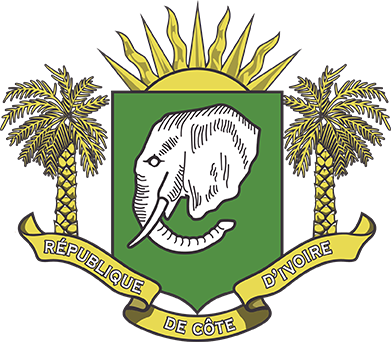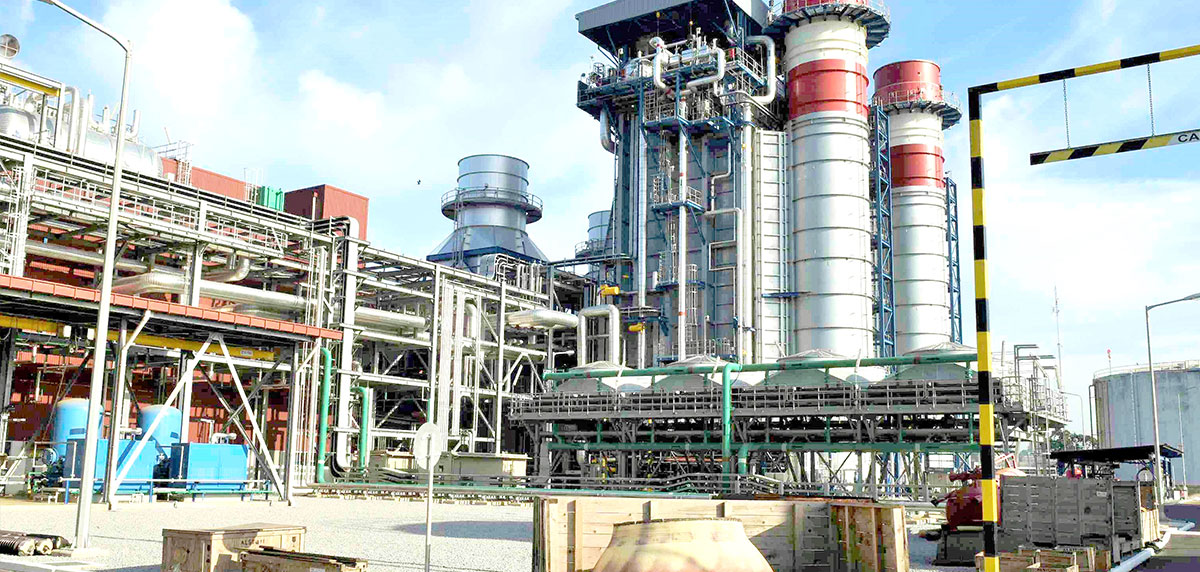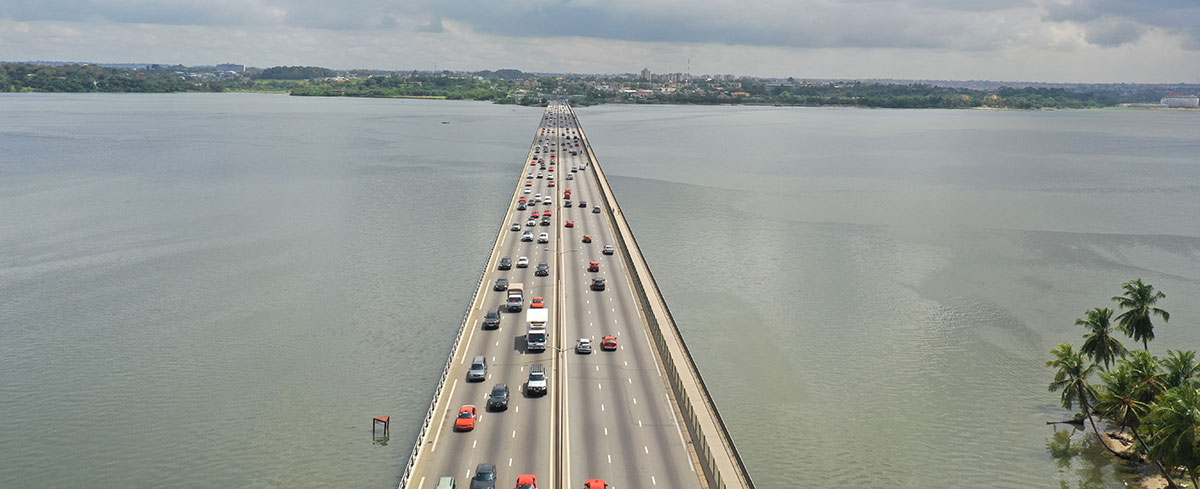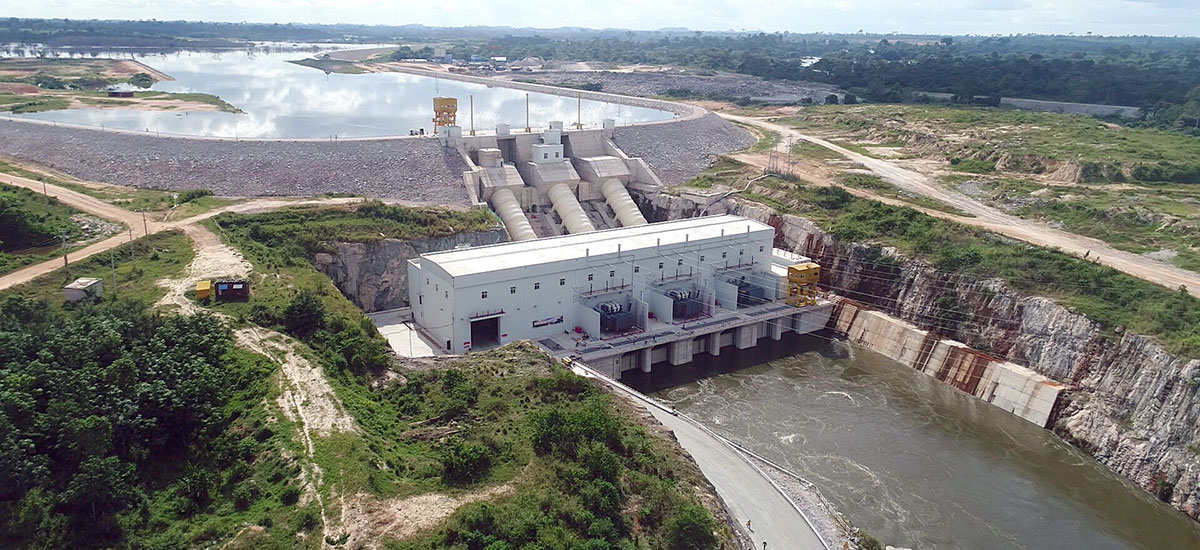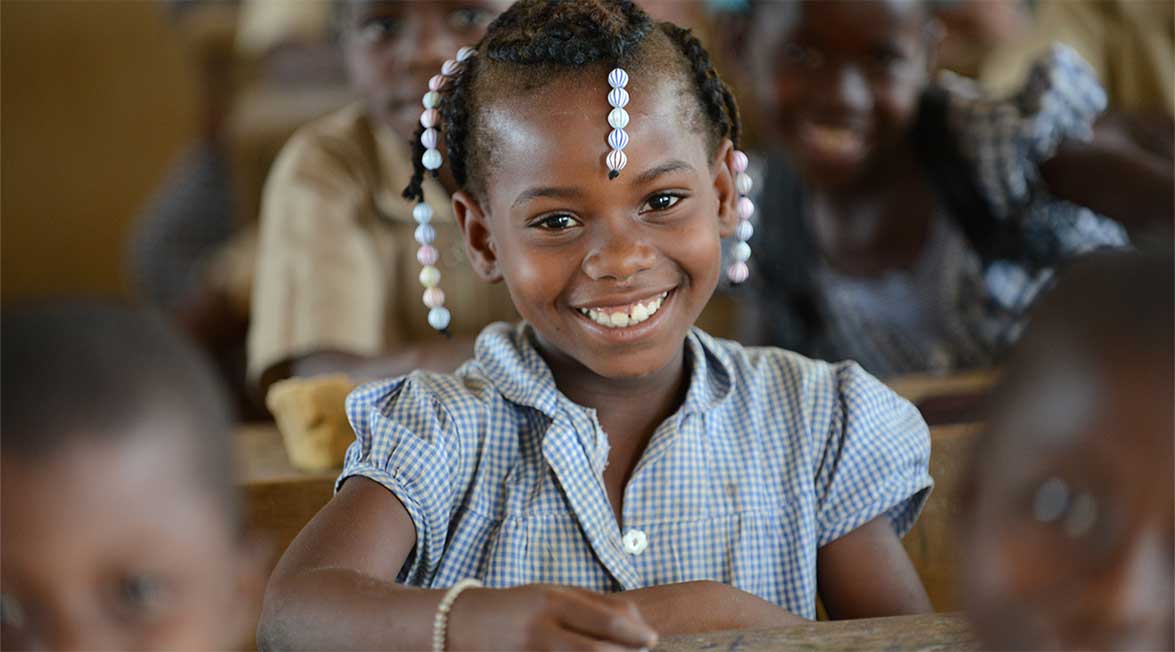INVESTMENT OPPORTUNITIES
AGRO-INDUSTRY – PACKAGING SECTOR
Description of the sector
The Ivorian economy draws its essence from the growing development of its agricultural sector, particularly in terms of exports and agro-industrial processing.
The country is ranked among the world's largest producers and exporters of cocoa beans, coffee and cashew nuts.
The market for jute and polypropylene bags, whose potential is estimated at 46 million bags, of which
5 million of which are imported, constitutes a necessary element for the rationalization of activities from the production production to the export of agricultural raw materials.
In addition, the industrial development of many finished products, induces the need for packaging
to satisfy.
AGRO-INDUSTRY – HORTICULTURE SECTOR
Description of the sector
The development of horticulture, particularly flower production, is one of the strategies for crop diversification in Côte d'Ivoire.
In the regions of Anyama and Azaguié, the production of flowers and ornamental plants is on the way to becoming one of the main productions next to dessert bananas.
According to agricultural technicians, the climatic conditions and the nature of the soils in these localities are favorable to the cultivation of these products to the point that they have developed on the slopes and reliefs of the hills, plateaus and sometimes on the
of the hills, plateaus and sometimes in the lowlands of the plantations of flowers.
Many varieties of flowers produced: those of Heliconia including humilis, caraibea, ivoiria (white and red), jaquinis, siscarla or venezuela, tropic, cartcia, the porcelain roses the napidolo, the Richmond.
We also have the large family of foliage that is to say plants whose foliage is decorative elements. It is about pandanus, sanderiana, aricas, cordelines (red, pink and green), compacta, washingtonias.
At the level of the big family of the ginger we have the alpinias (red, pink), the champoox. Without forgetting the dwarf palms, the balisiers, the porcelain roses, etc.
Finally in the family of bromeliads, we must mention the pineapple flowers with their varieties (breatus, lucidusporteanus).
AGRO-INDUSTRY – PINEAPPLE SECTOR
Description of the sector
The pineapple sector plays an important role in the development of fruit crops in Côte d'Ivoire.
The sector represents 0.6% of national GDP and 1.6% of agricultural GDP. Many public and private actors
participate in the competitiveness of the pineapple sector which registers several national producers.
AGRO-INDUSTRY - MANGO SECTOR
Description of the sector
With a production of about 180,000 tons per year, mango is the third fruit exported by Côte d'Ivoire behind banana and pineapple. Third supplier of the European market, with an annual average of 33,000 tons, Côte d'Ivoire is also the first African country to export mango, far ahead of other West African countries. Generating more than 10 million euros of income in the northern areas where it is grown, mango is a flagship product of Côte d'Ivoire. Exports have more than doubled in ten years and market prices have improved. Due to its geographical proximity, its production calendar, the predominance of the Kent variety and its adaptation to market requirements, Côte d'Ivoire is an essential trading partner for Europe to develop the mango market.
The Ivorian orchard has grown rapidly over the last ten years. According to the FAO, it has grown from
10,000 hectares in 1999 to more than 20,000 hectares currently. More than 90% of the national production is provided by small producers (about 7,000), whose areas vary from 2 to 20 hectares.
Maximum yields per hectare are between 3 and 7 tons.
AGRO-INDUSTRY - RICE SECTOR
Description of the sector
The Ivorian government aims to ensure self-sufficiency in good quality rice by 2025 and to make the country one of Africa's largest rice exporters by 2030. Rice accounts for 6 to 8% of food production and consumption is estimated at 2.7 Mt in 2019/2020) for a production of 1,481,182 tonnes of paddy rice with a volume of 962,768 tonnes of milled rice in 2020.
One of the objectives of the National Development Plan (NDP 2021-2025) is to increase the annual rate of increase in milled rice production from 50% to 90% over the period 2021-2025 and to reduce the rate of post-harvest losses from about 20% to 5% in 2025.
The new national rice development strategy (SNDR 2020-2030) is based on the implementation of integrated rice projects that take into account irrigated rice cultivation, the development and rational use of rice plots, the production of high-yield seeds and the total mechanization of the rice value chain.
The NRDS 2020-2030 provides for the rehabilitation of 64 dams and rice plots covering about 55,000 hectares.
AGRO-INDUSTRY – CASSAVA SECTOR
Description of the sector
Cassava is one of the most widely consumed foods in sub-Saharan Africa due to its variety of processing and ease of cultivation on both fertile and less fertile soils.
In Côte d'Ivoire, cassava is one of the main food crops in terms of production and consumption volume. According to FAOSTAT, Côte d'Ivoire ranks 3rd in West Africa with a production of 5.9 million tons in 2019.
Cassava production has increased over the past 10 years at an annual rate of 8.55?tween 2010 and 2019. Activities along the value chain generate spillover effects in the national economy for CFAF 83 billion (grinding services, manual pressing, guarding, transport, energy purchases, baskets, etc.). With 597 billion FCFA of total value added (direct + indirect), the value chain contributes 12.4% of agricultural GDP and 2.8% of national GDP.
AGRO-INDUSTRY - CORN SECTOR
Description of the sector
The Ivorian government aims to structurally transform the economy through industrialization, particularly the processing of agricultural raw materials, including corn. As the second most cultivated cereal in Côte d'Ivoire after rice, maize production has increased significantly throughout the country. This production is estimated at 1,102,433 tons in 2019.
The Government's strategy included in the second generation National Agricultural Investment Program (2018-2025) PNIA2 aims to improve the competitiveness of agricultural products, by:
Maintaining an average annual growth rate of agricultural production at 7.5% over the period 2021- 2025 ;
Improving the yields of the five (05) main food crops (cassava, corn, plantain, yam, tomato) and
The transformation of 25% of corn production by 2025.
AGRO-INDUSTRY – COTTON SECTOR
Description of the sector
The Ivorian government aims to structurally transform the economy through industrialization, particularly the processing of agricultural raw materials, including cotton. Cotton production has been relaunched and is growing dynamically, reaching more than 559,000 tons in 2020-2021 compared to 490,000 tons in the previous season. The PNIA 2 (2018-2025) National Agricultural Investment Program supports the development of agricultural mechanization, particularly through its program 1 "Productivity and sustainable development of agro-sylvo-pastoral production". The objective is to promote the adoption of innovative technology and infrastructure that favors both productivity and competitiveness, while preserving the environment. Program 1 of NAIP 2 promotes the use of sustainable agricultural production techniques and integrated production systems that combine agricultural and pastoral sectors, such as agroforestry, coffee-growing and cashew-growing.


